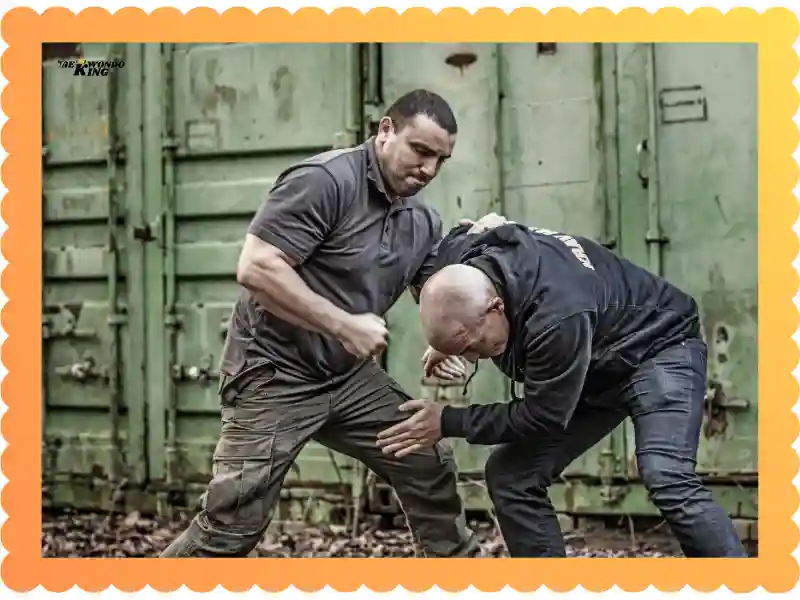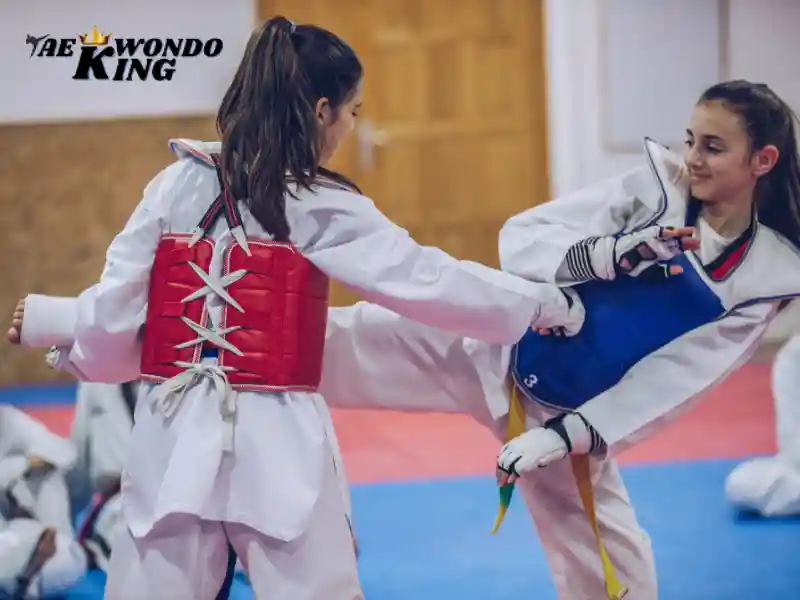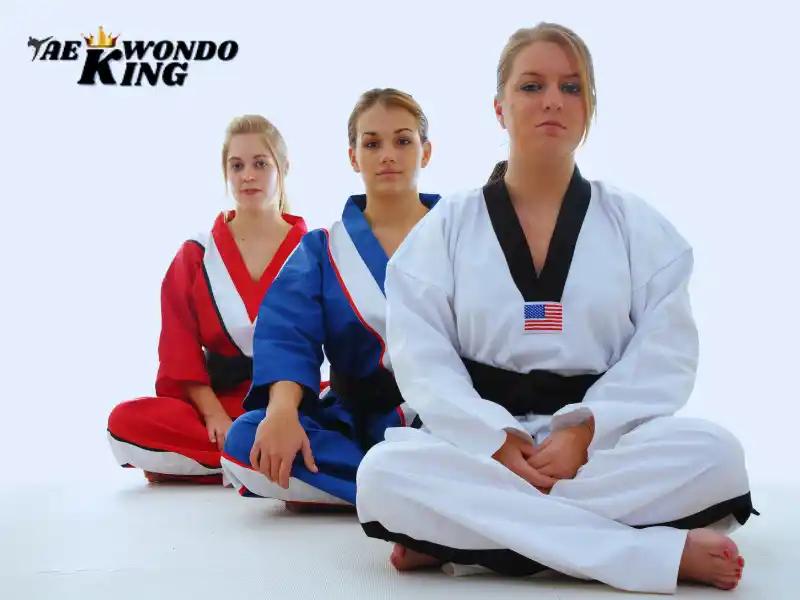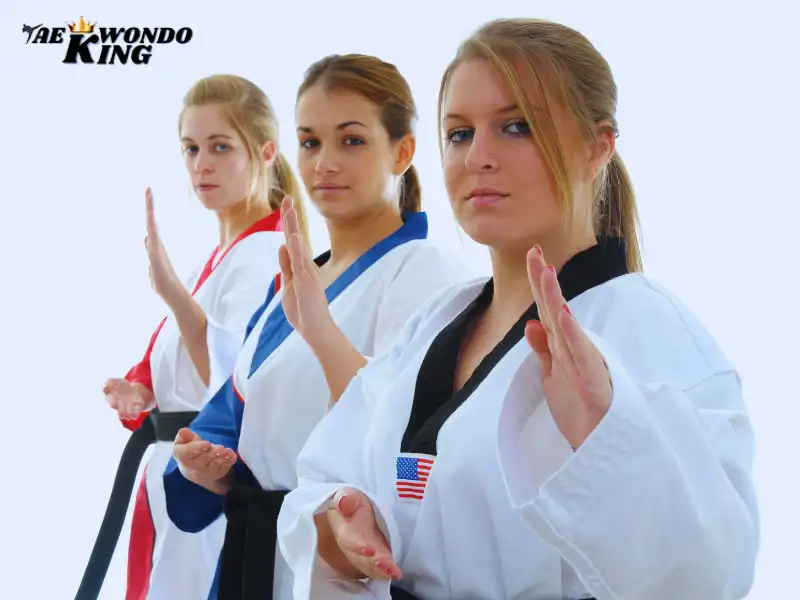
Ever felt that rush of wanting to protect yourself with confidence? Krav Maga, the Israeli self-defense system, is like a superpower for real-world safety. As someone who’s trained in martial arts and fumbled through my first Krav Maga class, I know it’s intense but rewarding. This article dives into the seven best ways to learn Krav Maga in 2025, blending personal insights with practical tips to get you fighting fit. Ready to unleash your inner defender? Let’s jump in!
Krav Maga, born from street-fighting tactics in 1930s Israel, is a no-nonsense self-defense system designed to neutralize threats fast. It’s not about flashy moves, it’s about survival, blending strikes, grapples, and instinct-driven responses. If you’re a beginner or a martial arts vet, learning Krav Maga boosts confidence and real-world readiness. Here are the seven best ways to master Krav Maga, based on effectiveness, accessibility, and my own journey dodging punches in training.
See the latest Top-Rated Krav Maga Foot Protector Price Today Used by Champion Players.
1. Join a Certified Krav Maga Gym
“So that one may walk in peace.” (Often attributed to Imi Lichtenfeld, encapsulating the ultimate goal of Krav Maga: self-defense for a peaceful life.)
- Why It Works: Hands-on training with certified instructors ensures proper technique and real-time feedback.
- How to Start: Find a gym affiliated with organizations like Krav Maga Worldwide or IKMF. Check for instructor credentials and class schedules.
- Cost: $100-$200/month, depending on location (e.g., urban vs. rural).
Insight: My first Krav Maga class at a certified gym was humbling, sparring drills felt chaotic, but the instructor’s corrections made all the difference. In-person training builds muscle memory and confidence under pressure. Look for gyms offering beginner trials to test the vibe. Pro tip: Ask about class size; smaller groups mean more personalized coaching.
2. Enroll in Online Krav Maga Courses
“Don’t get hurt.” (A fundamental and practical directive in Krav Maga, emphasizing survival and minimizing injury.)
- Why It Works: Flexible, affordable, and ideal for learning basics or supplementing gym training.
- How to Start: Platforms like Udemy or Krav Maga Global’s online portal offer video courses. Focus on beginner modules covering stances, strikes, and defenses.
- Cost: $20-$100 for lifetime access.
Insight: I used an online course to prep for my first class, practicing basic punches at home. Videos break down moves step-by-step, but you’ll need discipline to stay consistent. Pair this with a mirror or partner to check the form. It’s great for remote learners, though nothing beats live sparring for realism.
3. Attend Krav Maga Workshops or Seminars
“If you can’t avoid a fight, finish it quickly.” (Highlights the system’s focus on efficiency and decisive action in real-world confrontations.)
- Why It Works: Intensive sessions with expert instructors offer deep dives into specific skills, like knife defense or ground fighting.
- How to Start: Search for events via Krav Maga Worldwide or local gyms. Seminars often welcome all levels.
- Cost: $50-$150 per session (1-2 days).
Insight: I attended a weekend seminar on choke defenses, and the intensity was unreal, three hours of drills left me sore but empowered. Workshops are perfect for accelerating progress or trying Krav Maga without a long-term commitment. Bring a notebook to jot down tips, as it’s a lot to absorb.
4. Train with a Private Krav Maga Instructor
“Use what works.” (Emphasizes the pragmatic and adaptable nature of Krav Maga, incorporating techniques that are most effective regardless of their origin.)
- Why It Works: One-on-one coaching tailors lessons to your pace and goals, fixing bad habits fast.
- How to Start: Contact certified instructors through gyms or platforms like Thumbtack. Schedule weekly or biweekly sessions.
- Cost: $50-$150/hour, depending on experience.
Insight: A private session helped me nail my elbow strikes after group classes left me flailing. The instructor’s focus on my stance was a game-changer. This is pricier but ideal if you’re shy, injured, or want rapid progress. Ask for package deals to save cash.
5. Practice with a Training Partner
“Attack the attacker.” (A core principle that encourages proactive and aggressive defense to neutralize a threat rather than passively defending.)
- Why It Works: Sparring with a buddy simulates real threats, building reflexes and confidence.
- How to Start: Team up with a classmate or friend after learning the basics. Use padded gear and practice drills like punch defenses or escapes.
- Cost: Free (or ~$30-$50 for pads/gloves).
Insight: My training partner and I drilled choke escapes in my garage, laughing through our clumsy attempts. It’s fun and practical but requires discipline to avoid bad habits. Stick to techniques you’ve learned from pros, and always prioritize safety, no hero moves!
See the latest Top-Rated Krav Maga Foot Protector Price Today Used by Champion Players.

6. Use Krav Maga Training Apps
“Move to the threat, not away from it.” (Teaches the importance of closing distance and controlling the situation, especially when dealing with multiple attackers or weapons.)
- Why It Works: Apps offer guided workouts and technique videos for on-the-go learning, perfect for busy schedules.
- How to Start: Download apps like Krav Maga Training or Self Defense Trainer. Follow daily drills or beginner programs.
- Cost: Free with in-app purchases or $5-$10/month.
Insight: I used a Krav Maga app during a work trip, squeezing in 10-minute strike drills in my hotel room. Apps keep you sharp between classes but lack feedback. They’re best for reinforcing basics or staying active when you can’t hit the gym. Check reviews to avoid buggy apps.
7. Watch Krav Maga Instructional Videos on YouTube
“Simplicity, efficiency, and reality.” (These three words summarize the core tenets of Krav Maga’s approach to self-defense.)
- Why It Works: Free, accessible content from experts lets you study techniques at your own pace.
- How to Start: Follow channels like Krav Maga Global or Combat Krav for beginner tutorials. Focus on fundamentals like 360-degree defenses.
- Cost: Free.
Insight: YouTube saved me when I forgot a groin-kick defense, watching a quick demo got me back on track. It’s great for visual learners but risky if you mimic moves without context. Stick to reputable channels and cross-check with gym training to avoid bad form. Bookmark favorites for easy access.
Tips for Success
Learning Krav Maga is like building a house, start with a strong foundation. Here’s how to maximize your journey:
- Stay Consistent: Train 2–3 times weekly, even if it’s just 20-minute home drills.
- Focus on Basics: Master punches, kicks, and escapes before tackling advanced moves.
- Prioritize Safety: Use protective gear and avoid full-force sparring without supervision.
- Track Progress: Record yourself or keep a journal to spot improvements.
I fumbled my first month, but regular practice turned my sloppy punches into sharp strikes. Patience pays off.
Why I Love Krav Maga Matters
Krav Maga isn’t just about fighting, it’s about surviving real-world threats, from street attacks to de-escalating conflicts. Studies show self-defense training boosts confidence by 70% in practitioners. If you’re in a dodgy parking lot or just want to feel empowered, Krav Maga equips you for life’s curveballs.
Choosing the Right Method
Your best way to learn Krav Maga depends on your budget, schedule, and goals:
- Beginners: Start with a gym or online course for proper technique.
- Busy Folks: Use apps or YouTube for flexibility.
- Fast Learners: Combine gym training with seminars for rapid growth.
- Budget-Friendly: Lean on YouTube or a training partner.
I blended gym classes with YouTube tutorials to save money, which worked great for my budget. Experiment to find your fit.
See the latest Top-Rated Krav Maga Foot Protector Price Today Used by Champion Players.

Final Thoughts
Krav Maga is a journey of strength, instinct, and resilience. Joining a certified gym offers the most effective training, but online courses, workshops, and partner drills are fantastic options too. Each method builds your skills, whether it’s dodging a choke or boosting your mental toughness. Pick one, stay safe, and start training today. Have you tried Krav Maga? Drop your favorite training hack, I’d love to hear it!
FAQs
Krav Maga tests vary by level (e.g., P1 to G5 in the KMG system); they’re challenging, testing physical skills, technique, and stress response, but passable with consistent training.
You can learn basics via online videos or apps, but self-teaching lacks feedback and real-world sparring, limiting effectiveness for practical self-defense.
It’s moderately difficult due to its intense, fast-paced techniques, but its practical focus and repetition make it accessible for beginners with dedication.
Yes, Krav Maga is highly effective for real-world self-defense, emphasizing quick, instinctive responses to threats like grabs, punches, or weapons.
Krav Maga is better for street self-defense; MMA is ideal for sport fighting and well-rounded skills, choose based on your goal (survival vs. competition).
You can learn basic techniques and defenses in 3 months with regular training (2-3 times/week), but mastery takes longer.
Yes, anyone with average fitness can learn Krav Maga; classes adapt to all levels, focusing on practical skills over athleticism.
Leveling up (e.g., P1 to P2 in KMG) takes 3-6 months of consistent training (2-3 sessions/week), depending on the system and effort.
Basic proficiency takes 1-2 years; advanced skills (e.g., green belt) take 3-5 years with regular training.
Becoming an expert (e.g., black belt or instructor level) typically takes 5-7 years of dedicated training, varying by organization and commitment.
See the latest Top-Rated Krav Maga Foot Protector Price Today Used by Champion Players.


Founder, Owner, and CEO of TaekwondoKing.
He is one of the top 100 martial artists in the World and among the top 20 referees in Bangladesh.
Ehatasamul Alom is an esteemed Kukkiwon Certified Taekwondo 3rd Dan Black Belt with over 15 years of experience in this dynamic martial art. Born in Rajshahi, Bangladesh, Ehatasamul’s journey with Taekwondo began at the tender age of seven. His passion led him to compete at national and international levels, where he has bagged numerous awards and honors. He is also a member of the Taekwondo National Referee Panel.
With a Bachelor’s degree in Sports Science from the prestigious Rajshahi University, Ehatasamul has a deep understanding of the technical and scientific aspects of martial arts and some other martial arts.
In 2022, Ehatasamul created the “TaekwondoKing.com” to share his knowledge, Free Resources, Values, and Real experiences. His articles focus on Taekwondo training techniques, competition strategies, Sport Products Reviews, and the art’s rich history and philosophy. He also writes about the importance of mental fortitude and discipline, key aspects of his teaching philosophy. He has already launched many sports, Taekwondo, and health-related Free online tools. His goal is to inspire both beginners and seasoned practitioners worldwide through insightful and engaging content.
If you need any help, contact Ehatasamul Alom at any time.





Мой опыт показал, что одним из лучших способов изучения Крав-Мага является её уникальный подход к мгновенной нейтрализации угрозы; я сам попробовал и убедился, насколько быстро можно освоить эти простые, но мощные техники. Мне нравится, как она учит использовать естественные реакции тела для эффективной защиты, что я постоянно тестирую на тренировках. Это дает мне невероятное чувство внутренней силы и уверенности, которое пронизывает всю мою жизнь.
Я в восторге от того, как Крав-Мага с её упором на реалистичные сценарии мгновенно повышает мою уверенность в самообороне; я сам постоянно проверяю эти методы, и их удивительная эффективность в условиях стресса в реальной жизни делает меня гораздо спокойнее. Мне очень нравится, что она учит не просто драться, а мыслить стратегически, что я применяю каждый день. Это действительно незаменимый навык для любого, кто хочет чувствовать себя в безопасности и уверенно.
Я в полном восторге от того, как Крав-Мага, с её упором на реалистичные сценарии и простоту движений, действительно является одним из лучших способов научиться уверенно защищаться; я сам постоянно тестирую эти методы в условиях, приближенных к реальным. Мне нравится, как она учит не просто драться, а мгновенно анализировать ситуацию и принимать решения под давлением, что я применяю каждый день не только для самообороны, но и для повышения общей уверенности в любой сложной ситуации в моей реальной жизни.
I absolutely love how Krav Maga, as outlined in the “7 Best Ways” guide, integrates defense against multiple attackers and common weapons, making it incredibly comprehensive for real-world self-defense. I’ve personally practiced these complex scenarios, and the systematic approach to threat neutralization is amazing, giving me a versatile skill set and the confidence to face diverse challenges.
My take is that incorporating full-force and full-contact drills (safely, of course) is one of the best ways to truly learn Krav Maga for confident defense. I’ve personally tested my limits in these intense sessions, and the experience of operating under duress is amazing for building resilience and proving the techniques work when it counts,, directly boosting my real-life courage.
I swear by the effectiveness of understanding attacker psychology and pre-emptive action, which Krav Maga so brilliantly teaches as a best way to defend confidently. I’ve personally learned to read body language and identify potential threats early, allowing me to de-escalate or escape before a physical confrontation even begins, a valuable skill I apply daily for personal safety.
I genuinely appreciate how “7 Best Ways to Learn Krav Maga” highlights the importance of consistent, dedicated practice; I’ve personally committed to regular training, and it’s amazing how muscle memory develops. This repetition ensures that the techniques become second nature, allowing me to react instinctively and defend confidently, a vital skill I feel prepared to use if needed.
My experience confirms that focusing on simplicity and efficiency is a core reason Krav Maga is among the best for confident self-defense; I’ve personally tried its direct movements, and they’re incredibly effective under stress. I love how it prioritizes getting home safe, bypassing complex acrobatics for immediate, practical solutions, a mindset I apply to problem-solving in real life.
I absolutely love how the “7 Best Ways to Learn Krav Maga” guide emphasizes training in realistic scenarios; I’ve personally tested this approach, and it’s amazing how much more prepared I feel for real-life threats when I’ve practiced under pressure. This immersive method truly builds confidence, making the defense techniques an instinctive part of my reactions, which I rely on daily.